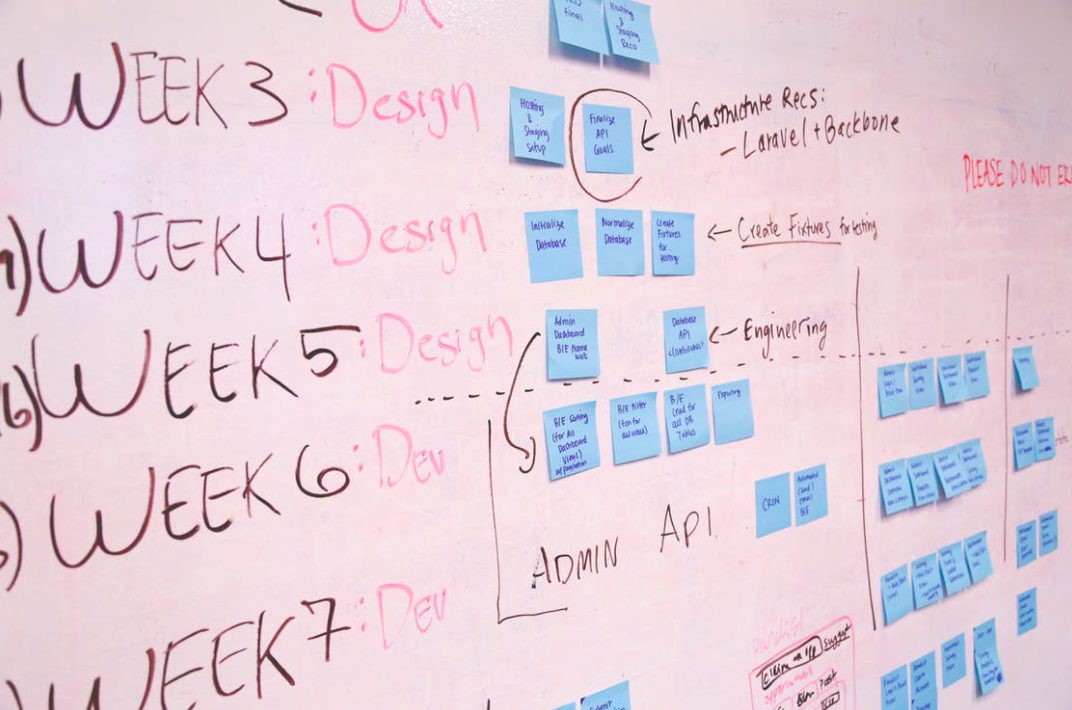
How Element Analytics Executes a Seamless Contract-to-Hire Process
The rise of the gig economy is changing the way employers are thinking about their workforce. According to Freelancing in America 2016, 55 million Americans are choosing to break free of full-time employment and pursue a more flexible career path. As we see this shift happen, companies need to find new ways to hire and engage these individuals.
So where do you start and what do you do if you’re not sure if you need a contractor or full-time employee? I recently sat down with Sameer Kalwani, Founder & VP of Product at Element Analytics, to find out how he’s utilized the contract-to-hire method to grow his company. Sameer is a data and product specialist and holds a number of patents in distributed industrial infrastructures. He has utilized a contract-to-hire strategy because it allows him to be creative in how he engages candidates, reaching both contractors and full-time candidates.
How often do you use the contract-to-hire method of hiring? Do you plan on making this a permanent part of your overall hiring strategy?
In the past year, we’ve made three contract-to-hire hires for a product designer, a people operations manager and a technical writer. For roles like design, marketing, and HR we expect to lean on it more often.

Product work is typically seen as a very strategic role at many start-ups. How did you decide to try contracting for the product designer role? Is there specific product work you would contract out vs product work you would never outsource?
One of our product designers was actually the second person to join the team, and his role was critical to the long-term success of the company. Given that, it made sense for us to do a contract role, because it was a great way for both of us to feel each other out and determine if this was the right fit. Overall I’d say we both are really happy with the decision.
I expect us to continue to contract design hires for two reasons. First, product design is a very hard skill to gauge. The user research needed to help us solve the problems we are attempting to solve requires a significant amount of interpersonal skills. Second, some design efforts need more effort than others, requiring us to contract out the work for a time period vs. hiring a full-time employee. In both cases, we expect to have the right legal work in place to maintain IP ownership of what’s been developed. However, like you said this is highly strategic, which is why we want to keep the process more in-house as much as possible.
How have contractors helped Element Analytics scale? What roles made your growth possible?
In addition to the contract-to-hire roles I described above, we also employ contractors in several other roles, including engineering, marketing, accounting and recruiting. While we don’t have enough work to bring on all of these individuals full time, they each play a valuable role and bring a needed skill set to the company. This strategy also enables us to keep our burn rate low.
How do you ensure strong collaboration between the contractor and the in-house team? What are the differences from the time the candidate is a contractor and when they become a full-time employee (FTE) and how do you ensure the success of converting the contractor to a full-time employee?
We treat our contractors like regular employees culturally, they are invited to our happy hours, all hands meetings and weekly lunches, and they have the flexibility to work from home or in the office — just like everyone else.
The biggest difference I’ve seen is that contractors can sometimes feel a bit uneasy about their job security, and it’s important to understand and try to alleviate this. Once they are brought on as FTEs, we hold weekly or bi-weekly check-ins with their direct manager to check in on progress with their assimilation to the team and to get a sense of how they are stepping into their role.

How do you evaluate/interview for a contract-to-hire candidate? What do you look for?
We treat contract-to-hire candidates exactly the same during the interview. This includes a behavioral/cultural interview in addition to the more execution-oriented interviews. If the candidate doesn’t meet our cultural values, how will they get along with our team or how will they behave when they convert? Cultural contribution is vital to a startup’s long-term livelihood.
What are some lessons you’ve learned in using the contract-to-hire method? What would you do again and what would you avoid?
I think the biggest lesson is that candidates often feel a lack of job security. In a contract-to-hire role, candidates can sometimes feel like everyday is an interview and so there is a sense of wanting to prove one’s self often or even a sense of guardedness. We’ve learned that we must make the candidate feel like they are a part of the team for us to truly evaluate their ability to execute in a FTE role.

